Forget the “nature vs nurture” debate, learn the developmental systems perspective in this special collection, which aims to help scientists, parents, teachers, and policy makers understand child development.


Forget the “nature vs nurture” debate, learn the developmental systems perspective in this special collection, which aims to help scientists, parents, teachers, and policy makers understand child development.

A novel melanin-based contrast agent may help assess the tumor vasculature after antiangiogenic treatment via Dynamic Contrast Enhanced Photoacoustic Imaging.

A metal–organic framework as a protecting material to preserve antibody recognition is demonstrated for the first time.
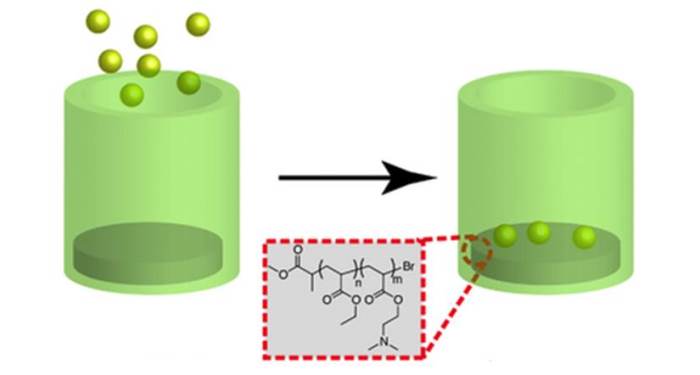
A library of well-defined random and block copolymers was used to study the attachment of HeLa and HEK cells.
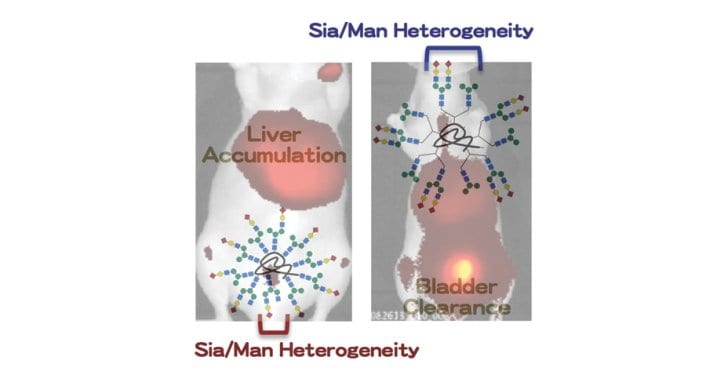
Japanese researchers have developed a way to engineer glycan complexes in a way that allows the molecules to be transported preferentially to specific organs of the body.

Drug carriers capable of easily crossing the BBB are being explored by a team working across locations in South Korea and the USA.
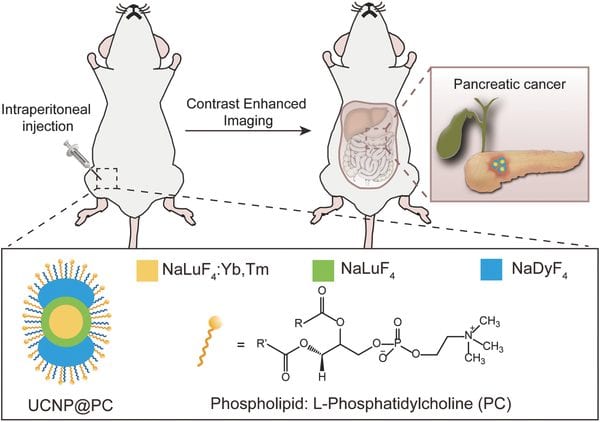
Intraperitoneally administered biointerface-camouflaged upconversion nanoparticles can pave the way for early diagnosis of pancreatic cancer through multimodal contrast enhanced imaging.
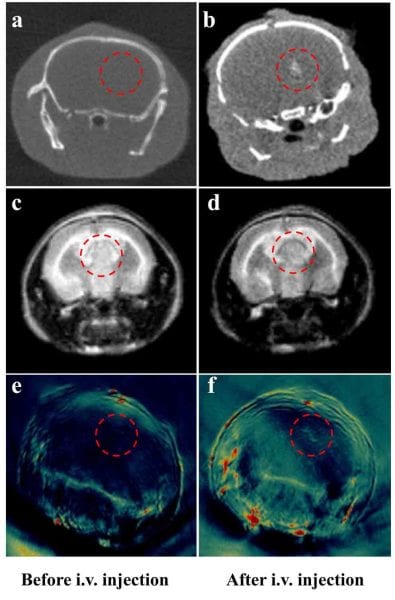
Researchers present the use of Au@MIL-88(Fe) nanoparticles that serve as triple-modality imaging agents, in CT, MRI, and PA imaging of gliomas.
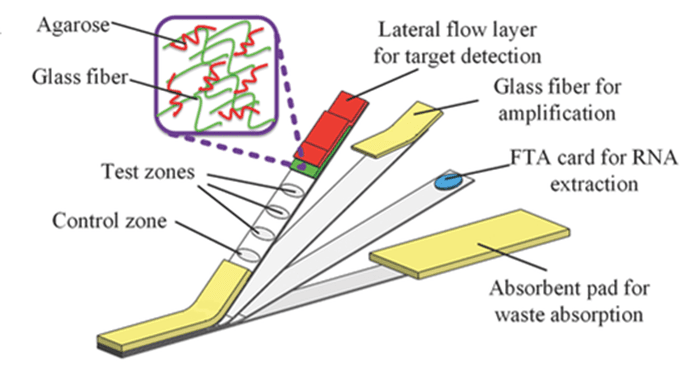
Paper-polymer hybrid material-based lateral flow assays are there to offer highly sensitive, semi-quantitative detection of dengue infection at the point-of-care.
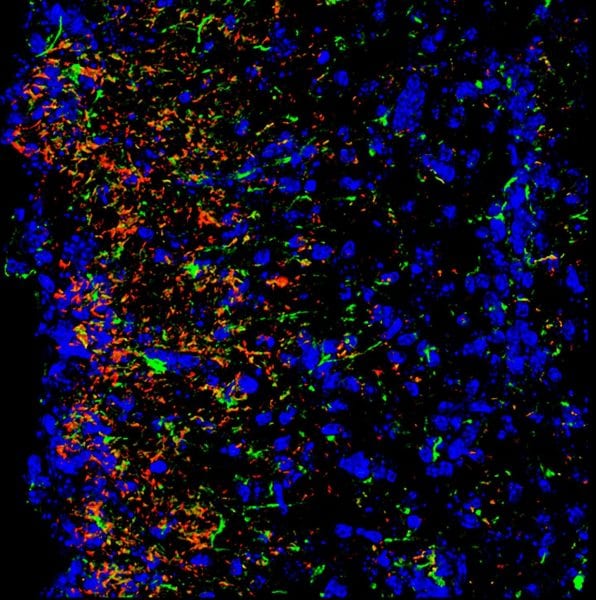
Mice with healthy immune systems could provide new insights into Zika virus pathology and treatment.